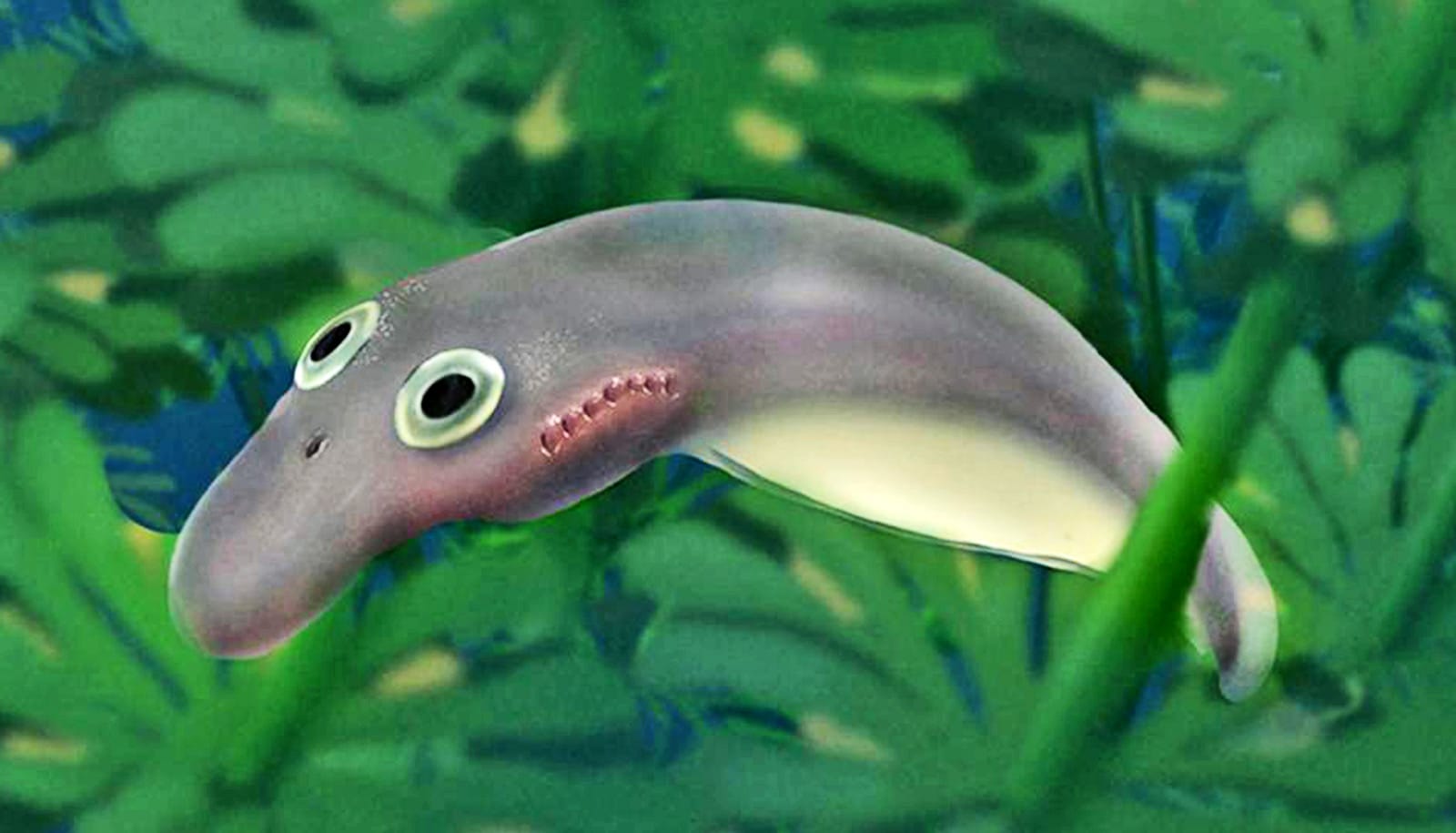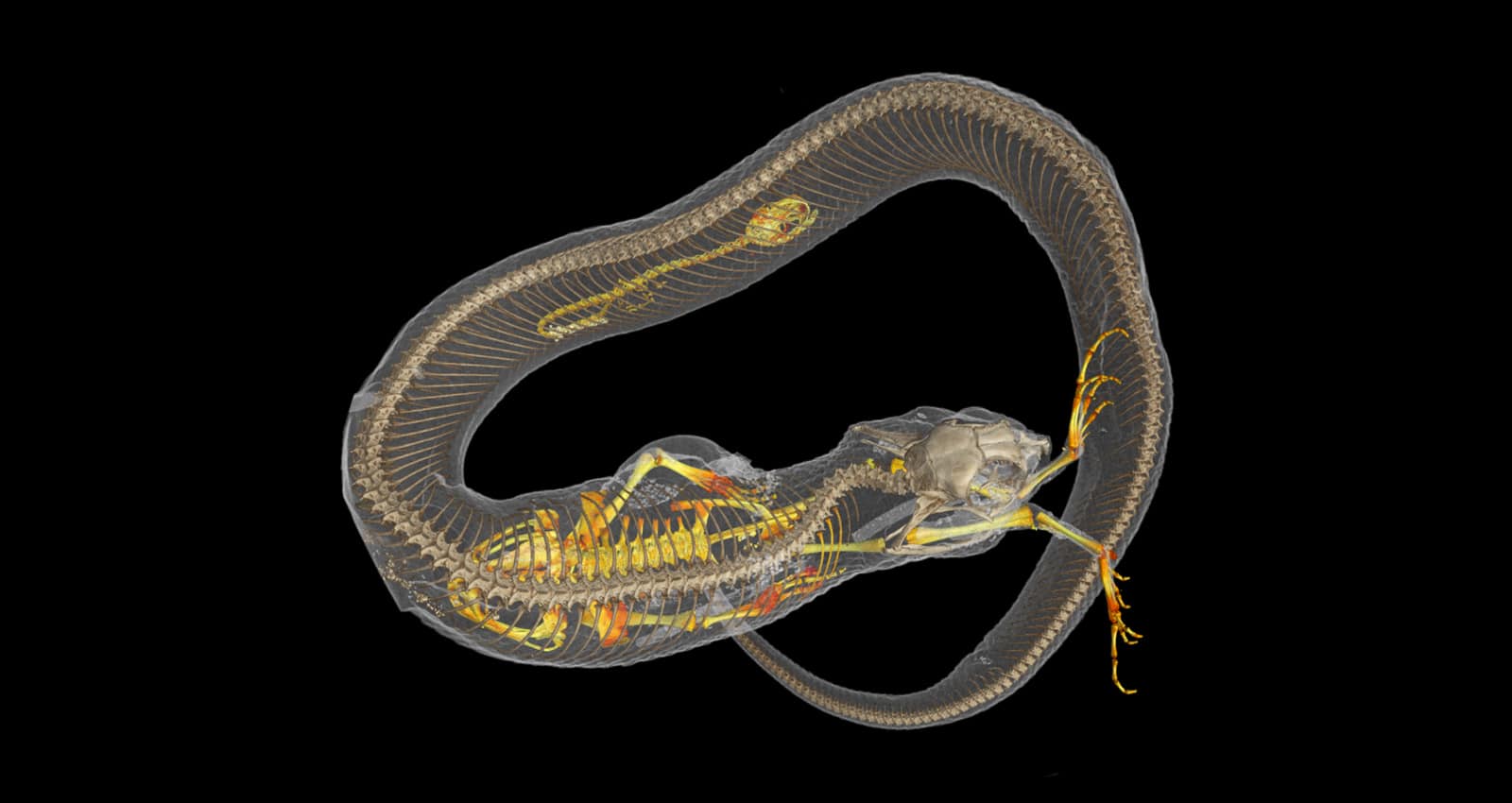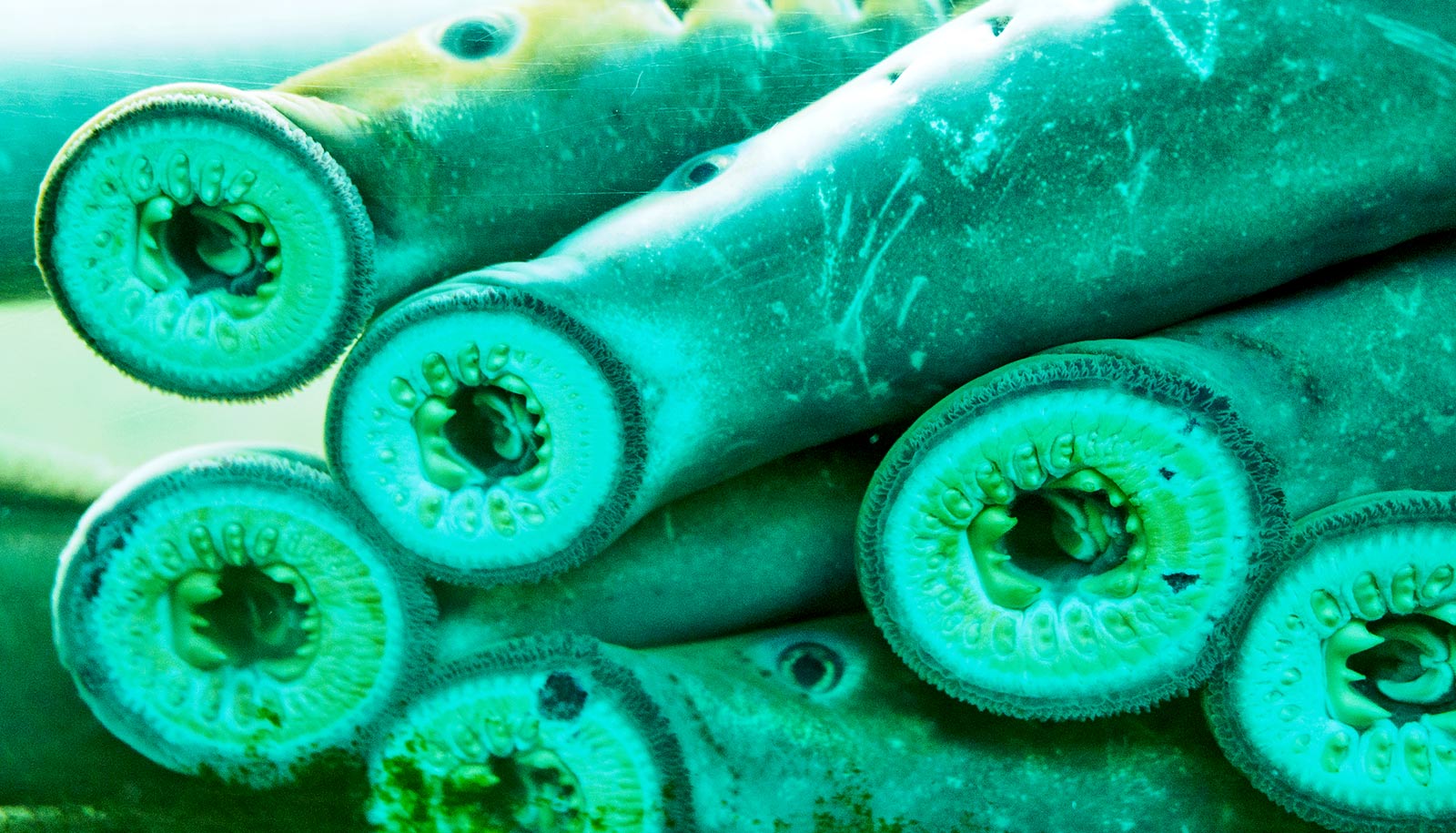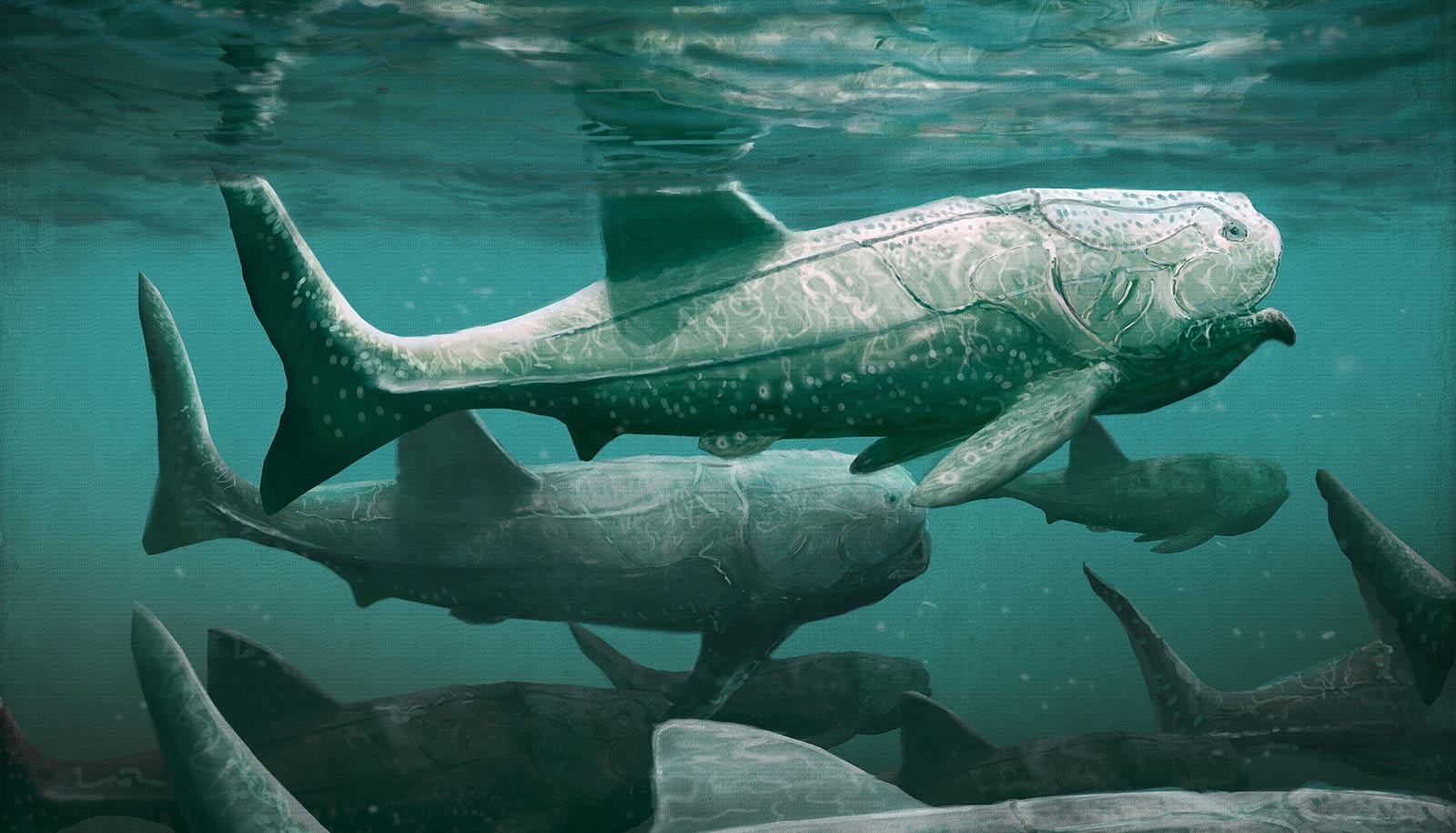Newly found fossils of different stages in the life cycle of the ancient lamprey may upend our ideas about vertebrate evolution.
The new fossil discoveries indicate that ancient lamprey hatchlings more closely resembled modern adult lampreys, and were completely unlike their modern larvae counterparts.
The findings challenge a long-held hypothesis that the larvae of modern lampreys are a holdover from the distant past, resembling the ancestors of all living vertebrates, including humans.
“We’ve basically removed lampreys from the position of the ancestral condition of vertebrates,” says Tetsuto Miyashita, formerly a fellow at the University of Chicago and now a paleontologist at the Canadian Museum of Nature. “So now we need an alternative.”
“Lampreys have a preposterous life cycle.”
Lampreys—unusual jawless, eel-like creatures—have long provided insights into vertebrate evolution, says Miyashita, first author of the new paper on the discovery in Nature.
“Lampreys have a preposterous life cycle. Once hatched, the larvae bury themselves in the riverbed and filter feed before eventually metamorphosing into blood-sucking adults. They’re so different from adults that scientists originally thought they were a totally different group of fish.
“Modern lamprey larvae have been used as a model of the ancestral condition that gave rise to the vertebrate lineages. They seemed primitive enough, comparable to wormy invertebrates, and their qualities matched the preferred narrative of vertebrate ancestry. But we didn’t have evidence that such a rudimentary form goes all the way back to the beginning of vertebrate evolution.”
Newly discovered fossils in Illinois, South Africa, and Montana are changing the story. Connecting the dots between dozens of specimens, the research team realized that different stages of the ancient lamprey life cycle had been preserved, allowing paleontologists to track their growth from hatchling to adult.
On some of the smallest specimens, about the size of a fingernail, soft tissue preservation even shows the remains of a yolk sac, indicating that fossil record had captured these lampreys shortly after hatching.
Crucially, these fossilized juveniles are quite unlike their modern counterparts (known as “ammocoetes”), and instead look more like modern adult lampreys, with large eyes and toothed sucker mouths. Most excitingly, this phenotype can be seen during the larval phase in multiple different species of ancient lamprey.
“Remarkably, we’ve got enough specimens to reconstruct a trajectory from hatchling to adult in several independent lineages of early lampreys and they each show the same pattern: the larval form was like a miniature adult,” says Michael Coates, a professor in the organismal biology and anatomy department.”
“Lampreys are not quite the swimming time capsules that we once thought they were.”
The researchers say that these results challenge the 150-year-old evolutionary narrative that modern lamprey larvae offer a glimpse of deep ancestral vertebrate conditions. By demonstrating that ancient lampreys never went through the same blind, filter-feeding stage seen in modern species, the researchers have falsified this cherished ancestral model.
After looking back at the fossil record, the team now believes that extinct armored fishes known as ostracoderms might instead represent better candidates for the root of the vertebrate family tree, whereas modern lamprey larvae are a more recent innovation.
The team thinks the evolution of filter-feeding larvae may have allowed lampreys to populate rivers and lakes. Fossils reported in the new study all came from marine sediments, but modern lampreys mostly live in freshwater.
This is the sort of discovery that can rewrite textbooks, the researchers say.
“Lampreys are not quite the swimming time capsules that we once thought they were,” Coates says. “They remain important and essential for understanding the deep history of vertebrate diversity, but we also need to recognize that they, too, have evolved and specialized in their own right.”
Additional coauthors are from the Albany Museum in South Africa and the University of Kansas. The National Science Foundation supported the work.
Source: University of Chicago



